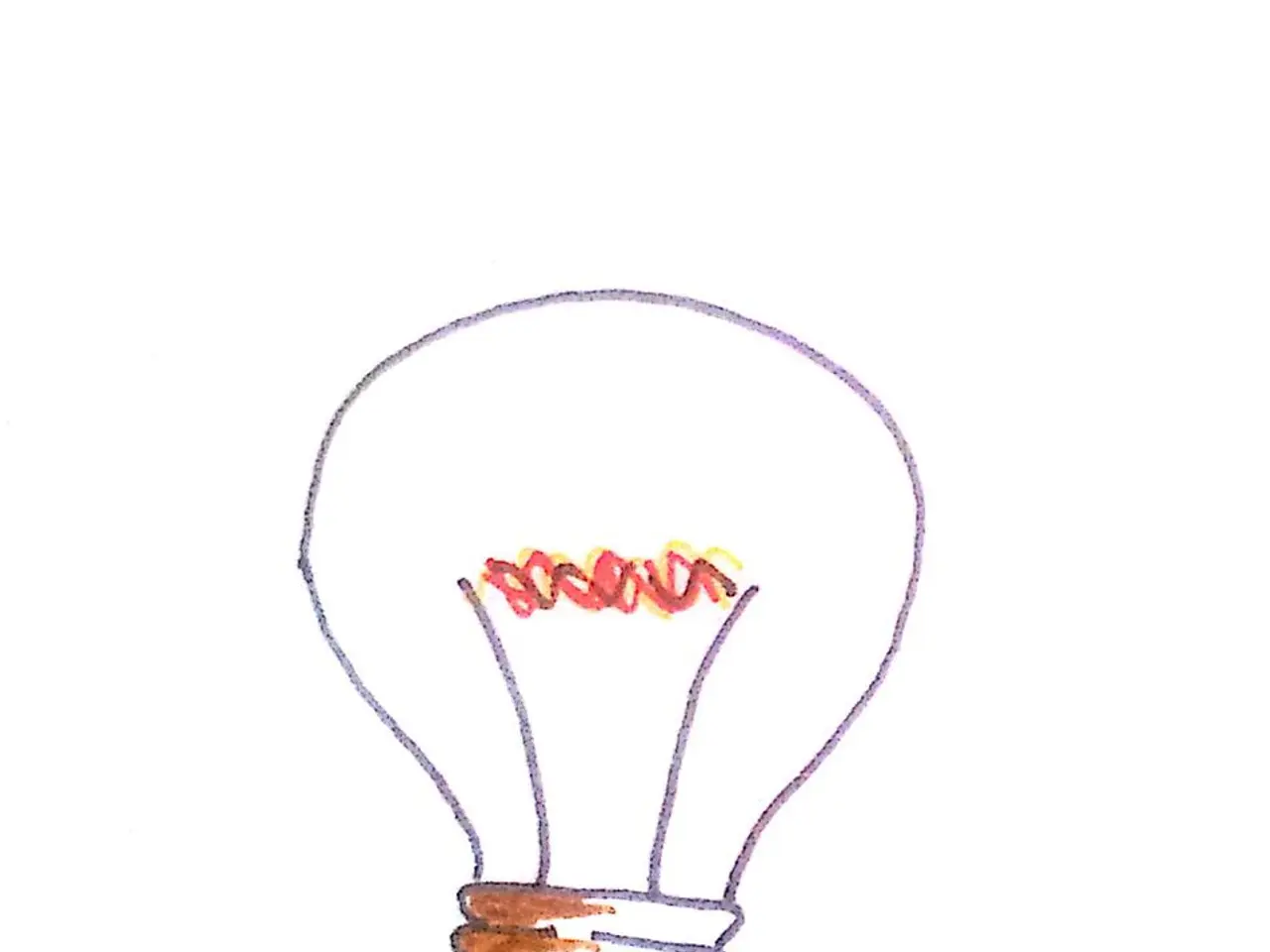"Peeling tape generates 'microlightning,' instigating chemical reactions"
In a groundbreaking development, researchers have discovered that the electrical discharge generated by peeling tape can be harnessed to drive chemical reactions, potentially paving the way for greener and more sustainable methods of synthesising chemicals.
The team, led by Kripa K. Varanasi and including physical chemist Richard Zare from Stanford University, demonstrated this phenomenon by initiating the Menshutkin reaction between pyridine and methyl iodide at speeds over 0.3m/s. This finding could have significant implications for the chemical industry, particularly in the quest to decarbonise processes such as the Haber-Bosch synthesis of ammonia.
The electrical discharge works by ionising reactants, overcoming the activation energy barrier in these electrochemical replacements. This method could enable the synthesis of chemicals in ways that are more environmentally friendly than current methods.
Another experiment by Zare involved the production of carboxylic acids under ambient conditions. This was achieved by introducing alkyne vapours to a spray of water microdroplets, with electrical discharge between the microdroplets leading to ozone formation and oxidative cleavage of the carbon-carbon triple bond.
The intense electric fields generated by rapid tape peeling can reach up to a billion volts per meter, leading to dielectric breakdown of the air and the creation of 'microlightning'. This discovery has the potential to provide insights into natural and potentially prebiotic processes, such as the will-o'-the-wisp phosphorescence sometimes seen above swamps, as suggested by Zare.
However, a key challenge lies in generating and delivering the electricity for these processes. Zare highlights this as a significant hurdle that needs to be addressed in order to fully harness the potential of 'microlightning' for chemical synthesis.
The findings of this research demonstrate the usefulness of interfacial electrical discharge in chemical reactions and could open up new avenues for greener and more sustainable methods of chemical synthesis. The seventy-year search for a simpler route to a valuable reactive intermediate may have just taken a significant step forward.
Read also:
- Peptide YY (PYY): Exploring its Role in Appetite Suppression, Intestinal Health, and Cognitive Links
- Toddler Health: Rotavirus Signs, Origins, and Potential Complications
- Digestive issues and heart discomfort: Root causes and associated health conditions
- House Infernos: Deadly Hazards Surpassing the Flames





